Experience: Choosing a Crib for Your Baby
As a new parent, selecting the ideal crib for your baby can feel like both a thrilling and overwhelming experience. The crib will be the place where your baby spends most of their early months, and it’s important to choose one that’s not only safe but also fits your style and needs. In this guide, I’ll walk you through the process of selecting the right crib for your baby, step by step, sharing my personal experiences and offering practical advice based on real-world scenarios.
When it comes to selecting the right crib for your baby, the process involves more than just picking a piece of furniture—it’s about ensuring safety, comfort, and functionality. From the different types of cribs available to the safety features and design aspects, I know how overwhelming it can feel. That’s why I’ve created this comprehensive, step-by-step guide to help you make an informed decision and feel confident in your crib choice.
Experience: The Different Types of Cribs
Before diving into the specifics of safety, budget, and design, it’s important to understand the different types of cribs available. The crib you choose will depend on factors like your space, your long-term plans, and how much you’re willing to invest. Here’s a breakdown of the most common crib styles:
1. Standard Cribs
A traditional crib is the most widely available and commonly chosen type of crib for newborns. It has fixed sides and a single mattress height setting. Standard cribs are affordable, simple, and durable. However, many of these are designed for babies only and may not last as long if you plan to use it for multiple children.
Pros:
| Cons:
|
2. Convertible Cribs
Convertible cribs are built with versatility in mind, offering a solution that evolves as your child grows. These cribs can be easily converted from a traditional crib into a toddler bed, daybed, or even a full-size bed, making them an excellent long-term investment. These cribs offer great value because they last well beyond the baby years.
Pros:
| Cons:
|
3. Mini Cribs
If you have limited space or live in a smaller home or apartment, a mini crib might be the perfect option. These cribs are compact and can be moved easily, yet they still provide a safe and cozy place for your baby to sleep.
Pros:
| Cons:
|
4. Travel Cribs
Travel cribs are designed specifically for portability. These are lightweight and foldable, making them perfect for trips or even as a secondary crib for grandparents’ homes.
Pros:
| Cons:
|
5. Multipurpose Cribs
Multipurpose cribs are ideal for parents who want a crib that also serves as a changing table or additional storage. These cribs often come with integrated drawers or shelves, helping you save space and keep your nursery organized.
Pros:
| Cons:
|
Experience: What to Look for in a Crib
Choosing a crib goes beyond just picking a style. Safety should be your top priority, and there are certain features and standards that you should be looking for in any crib. Here’s a detailed breakdown of what to consider:
1. Safety Features
The safety of your baby should always be the main priority. When shopping for a crib, look for the following essential safety features:
- No Drop-Side Mechanism: Cribs with drop-side rails have been banned in many countries due to safety concerns. When selecting a crib, it’s essential to prioritize safety, and one of the key features to look for is fixed sides.
- Slats Spacing: The slats on the crib should be no more than 2 3/8 inches apart. This is crucial to prevent your baby from getting their head or body stuck.
- Lead-Free Paints: Make sure the crib is painted with non-toxic, lead-free paint. Babies often chew on the rails, so you want to ensure it’s safe.
- Crib Mattress Fit: The mattress should fit snugly in the crib with no gaps around the edges. A too-small mattress can create unsafe spaces where your baby could get trapped.
2. Mattress Height Adjustability
Many cribs come with adjustable mattress heights, which is a fantastic feature. When your baby is first born, you’ll want the mattress to be set high so you can easily lift them in and out of the crib. As your baby grows and starts standing, the mattress should be lowered to prevent them from climbing out.
3. Sturdiness and Construction
Look for cribs made from solid wood or metal construction, as these materials are more durable and safer. The crib should not wobble or sway when pressure is applied. Test the crib in the store, or read reviews, to ensure it is sturdy.
4. Design and Style
While safety is crucial, the design and style of the crib matter too. It should fit well in your nursery and match your décor. Cribs come in a variety of designs, from modern and minimalist to traditional and ornate. Choose one that reflects your personal taste and complements your nursery theme.
Experience: How to Choose the Right Mattress for Your Crib
In fact, the mattress you choose for your crib is just as important as the crib itself. A proper mattress will ensure your baby’s comfort and safety. Here’s what you should look for when selecting a crib mattress:
1. Firmness
A firm mattress plays a crucial role in minimizing the risk of Sudden Infant Death Syndrome (SIDS). Soft mattresses can lead to suffocation, so make sure the mattress you select is firm and flat.
2. Breathability
Look for a breathable mattress to prevent your baby from getting too hot during sleep. Some mattresses are designed with breathable covers or materials like organic cotton or wool that enhance airflow.
3. Waterproof Mattress Protector
A waterproof mattress protector acts as a barrier, ensuring your crib mattress stays dry, clean, and free from bacteria, while also extending its lifespan by shielding it from spills and stains. It’s a practical investment, especially during the early months when your baby might have accidents.
4. Size
When selecting a mattress for your baby’s crib, it’s crucial that the mattress fits securely and precisely within the crib frame. A mattress that’s too small can create dangerous gaps, while one that’s too large can be hard to fit.
Experience: Setting Up the Crib Safely
Once you’ve selected your crib and mattress, it’s time to set it up. This step is crucial for ensuring that your baby’s sleeping environment is both safe and comfortable.
1. Crib Location
Place the crib away from windows, cords, and any other items that could pose a hazard to your baby. Avoid placing it near blinds or curtains that your baby could pull on. A safe, quiet corner of the room is ideal.
2. Mattress Height
When setting the mattress height, make sure it is at the highest setting initially, so you can easily lift your baby in and out. As they grow, lower the mattress to prevent them from climbing out or falling.
3. Avoid Clutter
The crib should be free of pillows, blankets, stuffed animals, or bumpers. These can create suffocation hazards and are not recommended for babies under one year old.
Experience: Final Thoughts
Choosing the right crib for your baby is a big decision, but it doesn’t have to be overwhelming. By focusing on safety, durability, and functionality, you can find a crib that will provide your baby with a safe and comfortable place to sleep. Take your time, do your research, and consider the long-term needs of your family.
The right crib is an investment in your baby’s comfort and your peace of mind. So, trust your instincts, consider the features that matter most to you, and know that no matter which crib you choose, your baby will be safe and sound in their new home.
Frequently Asked Questions (FAQ)
Read More:
How to Choose the Right Crib for Your Baby’s Nursery
Creating a Safe Nursery: Crib Safety Tips Every Parent Needs
Sustainable Cribs: Eco-Friendly Options for Modern Parents
How to Assemble Your Baby Crib: Step-by-Step Guide
Best Baby Bedding Sets to Complete Your Nursery Design
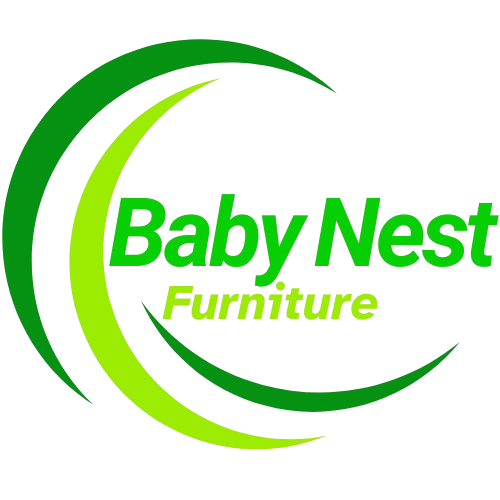
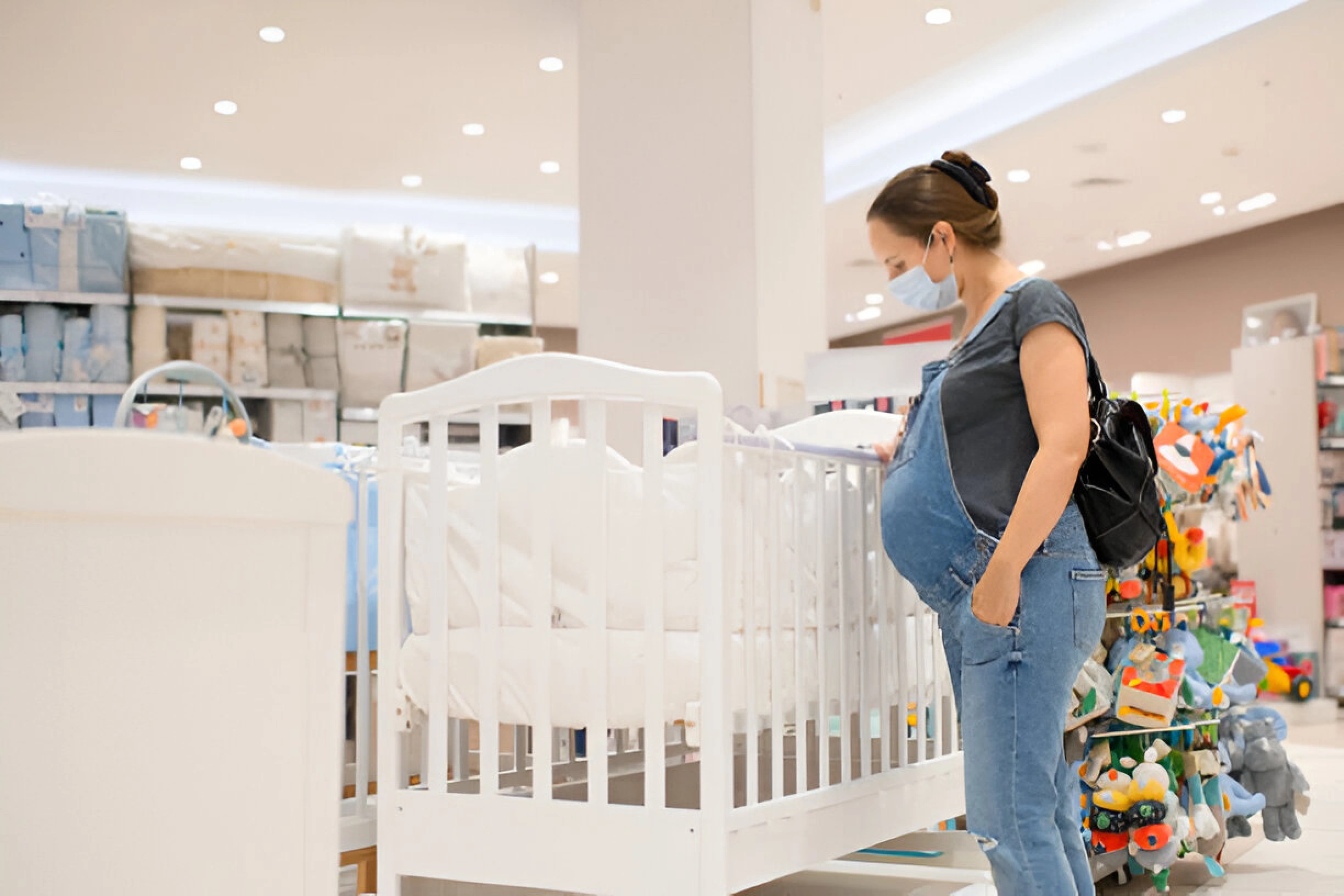
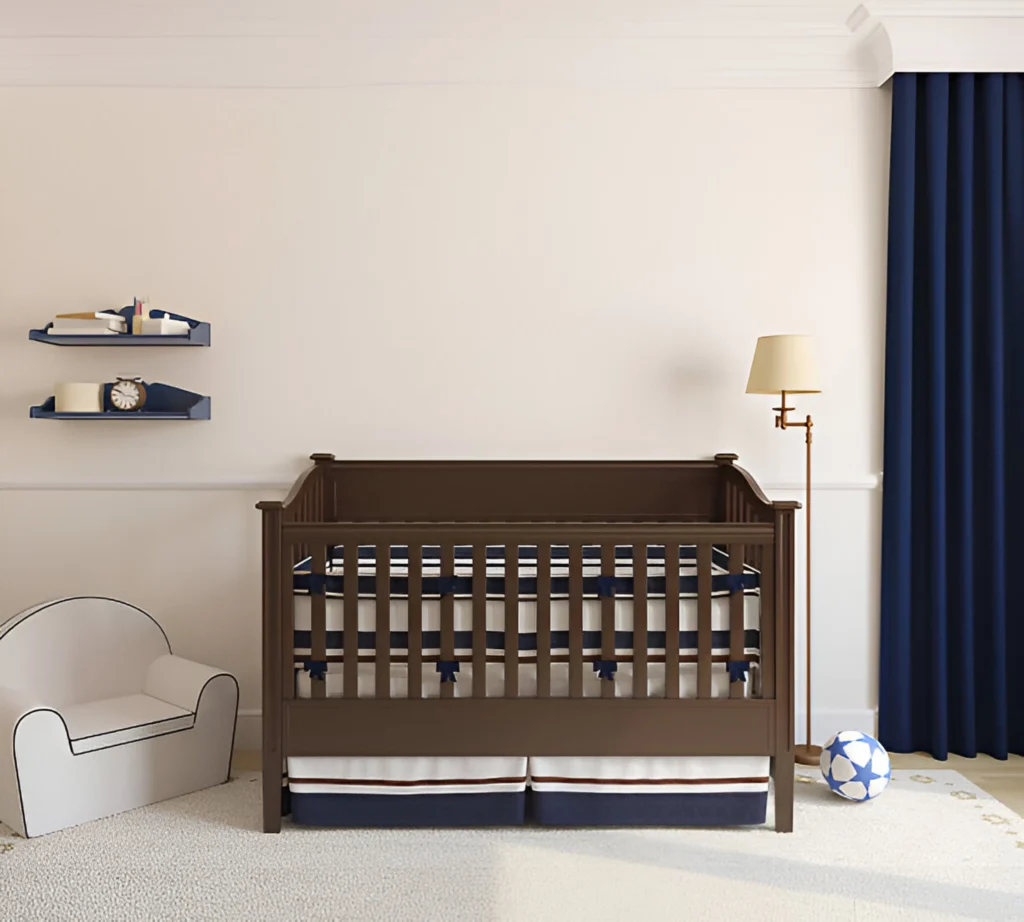
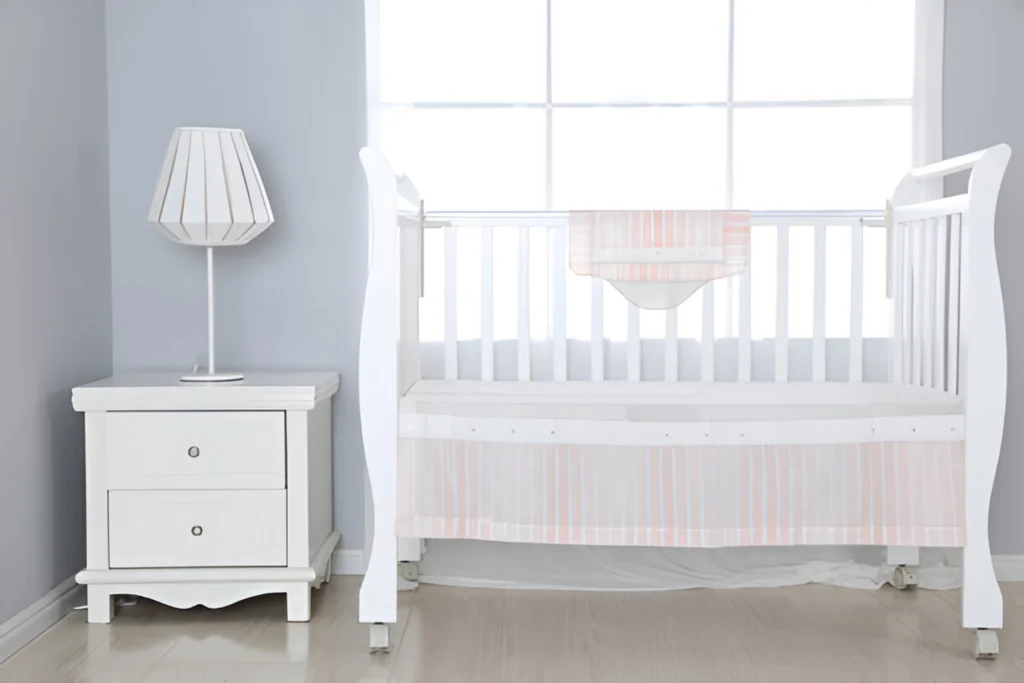
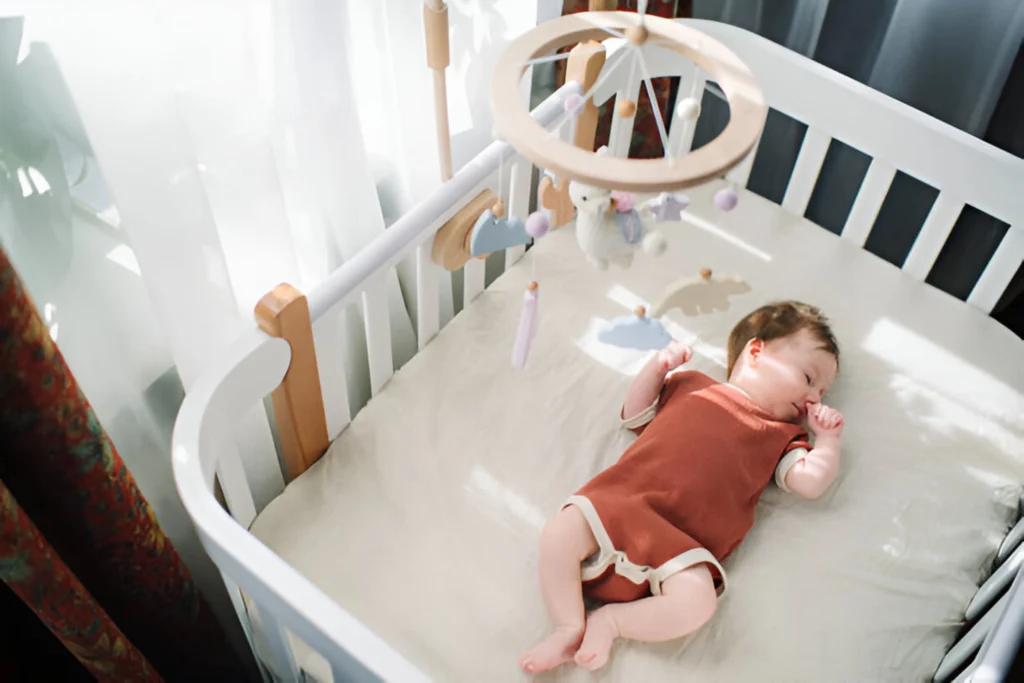
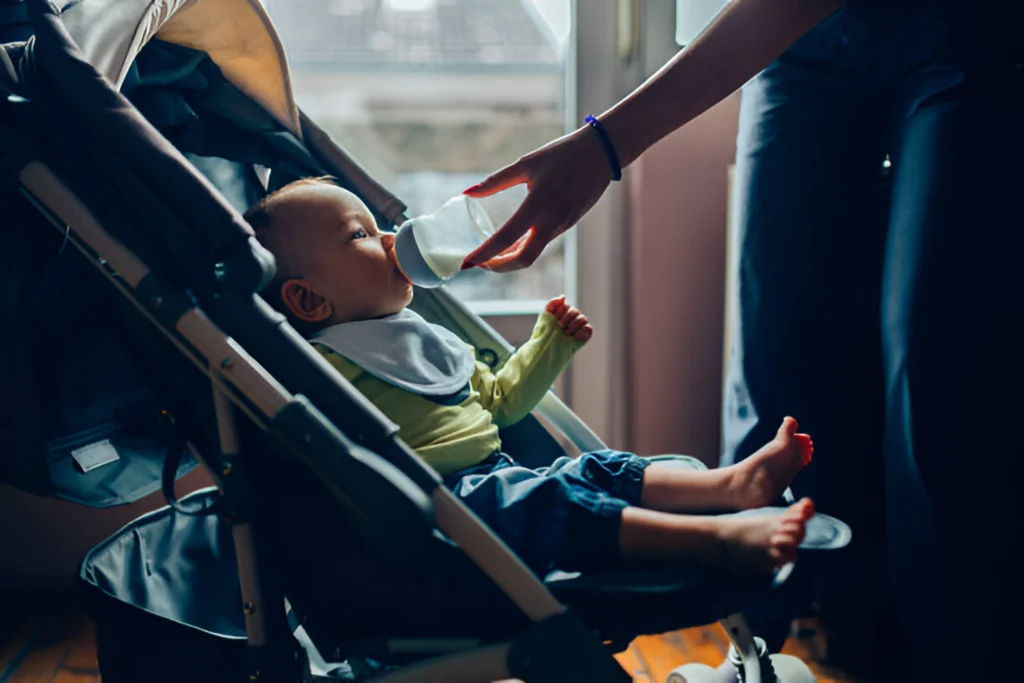
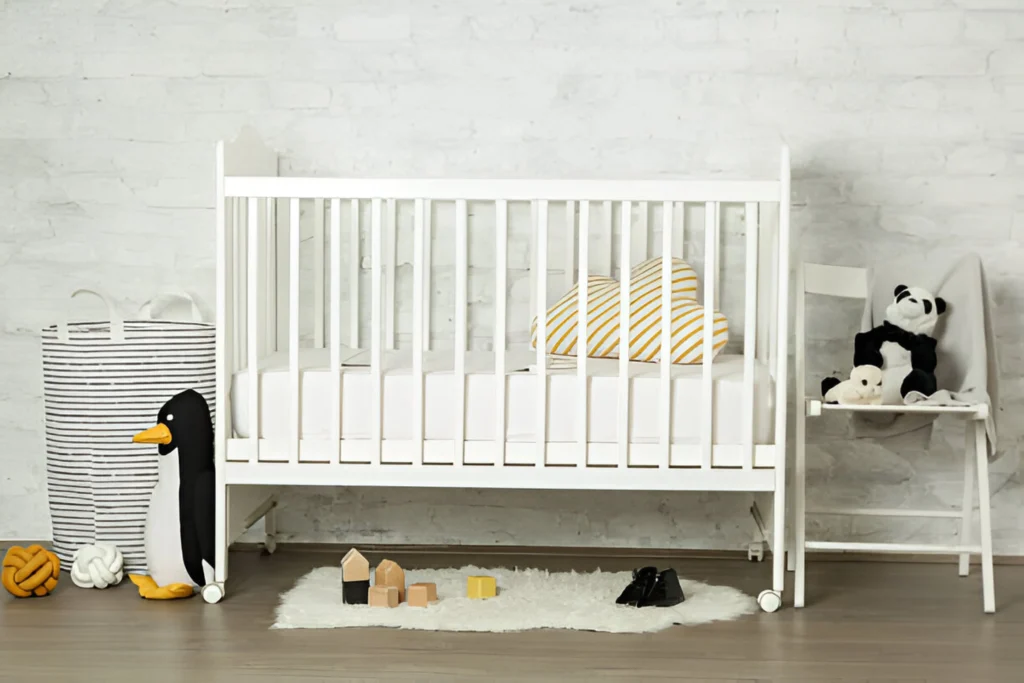
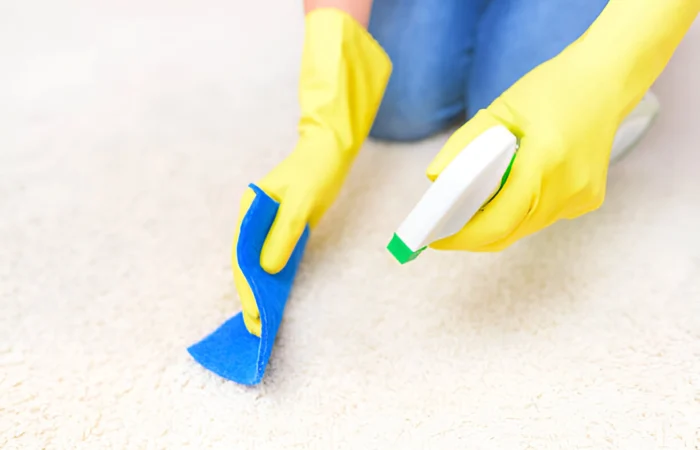
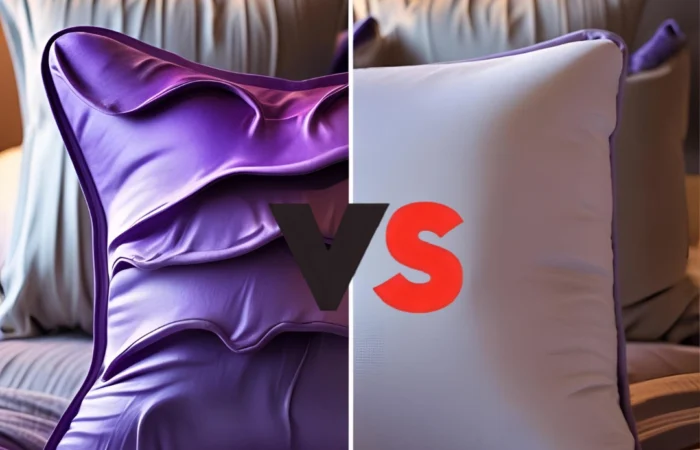
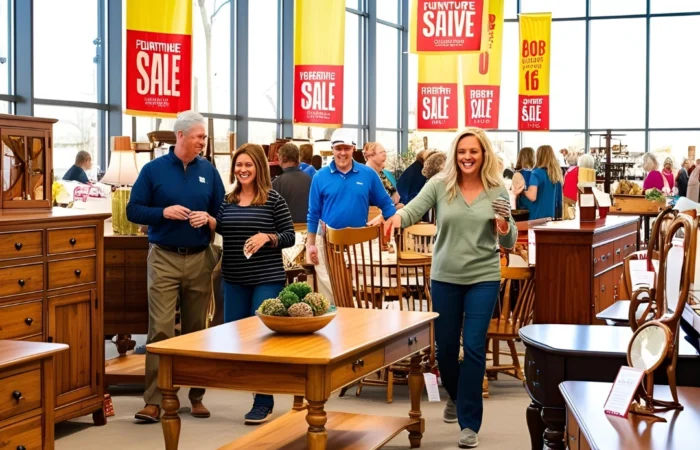
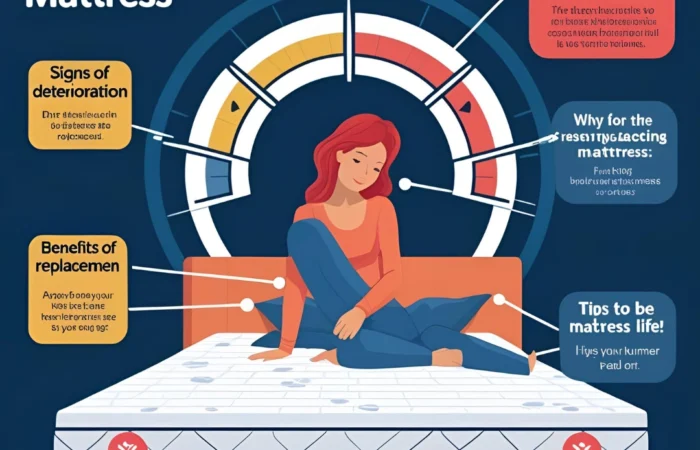

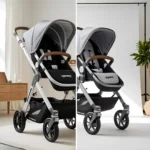
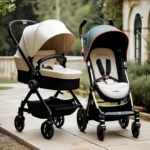
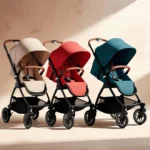
Leave Your Comment: